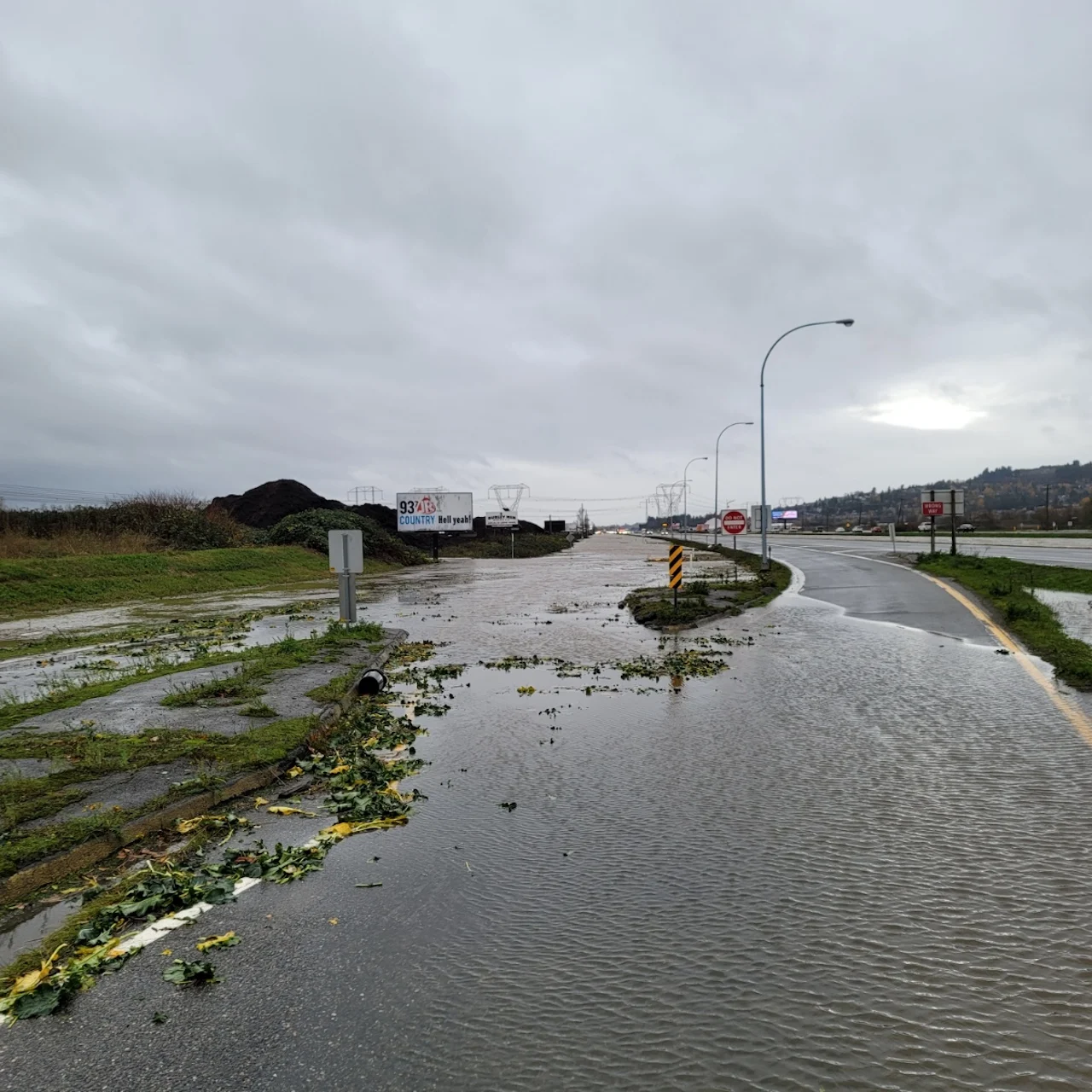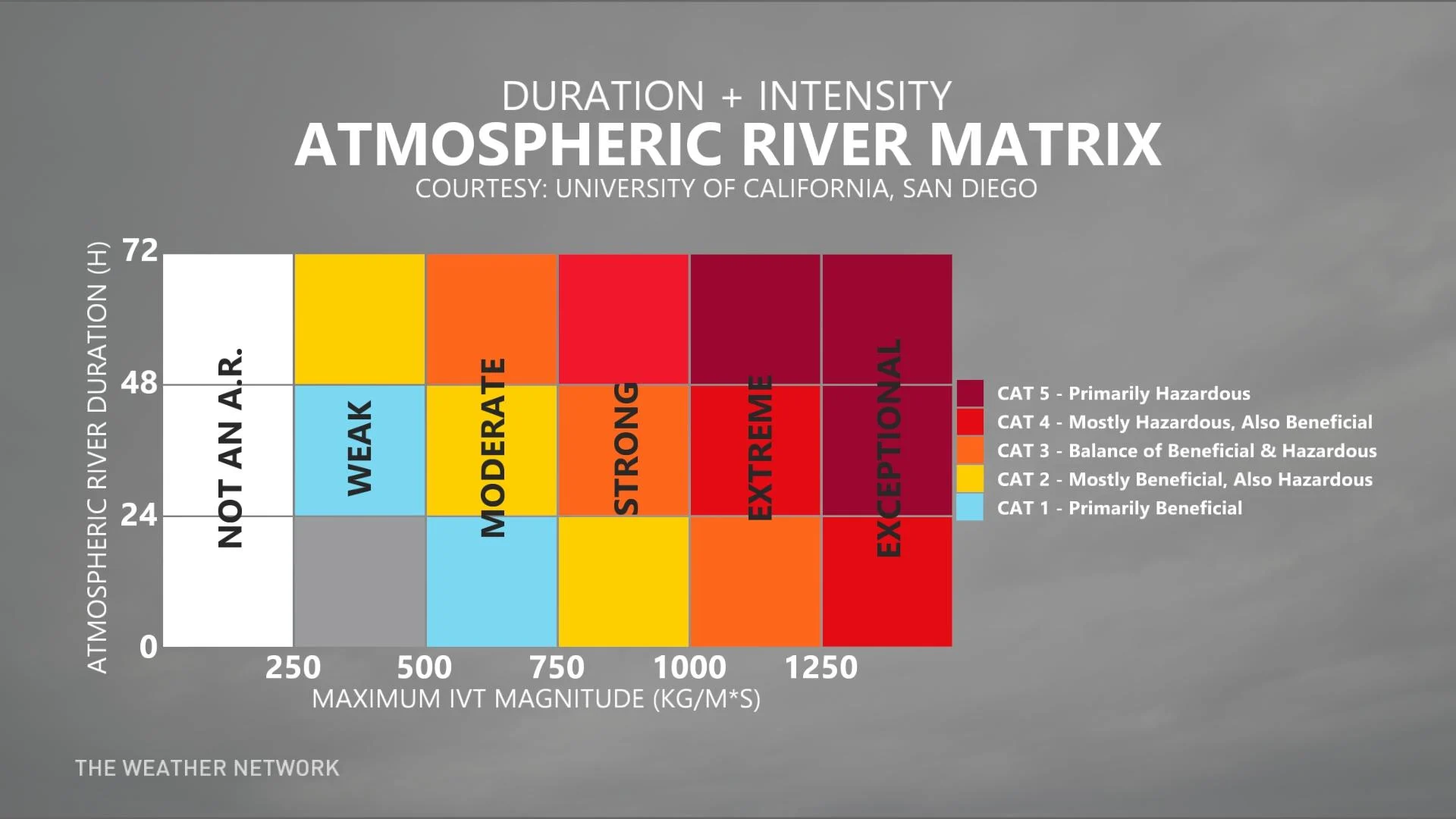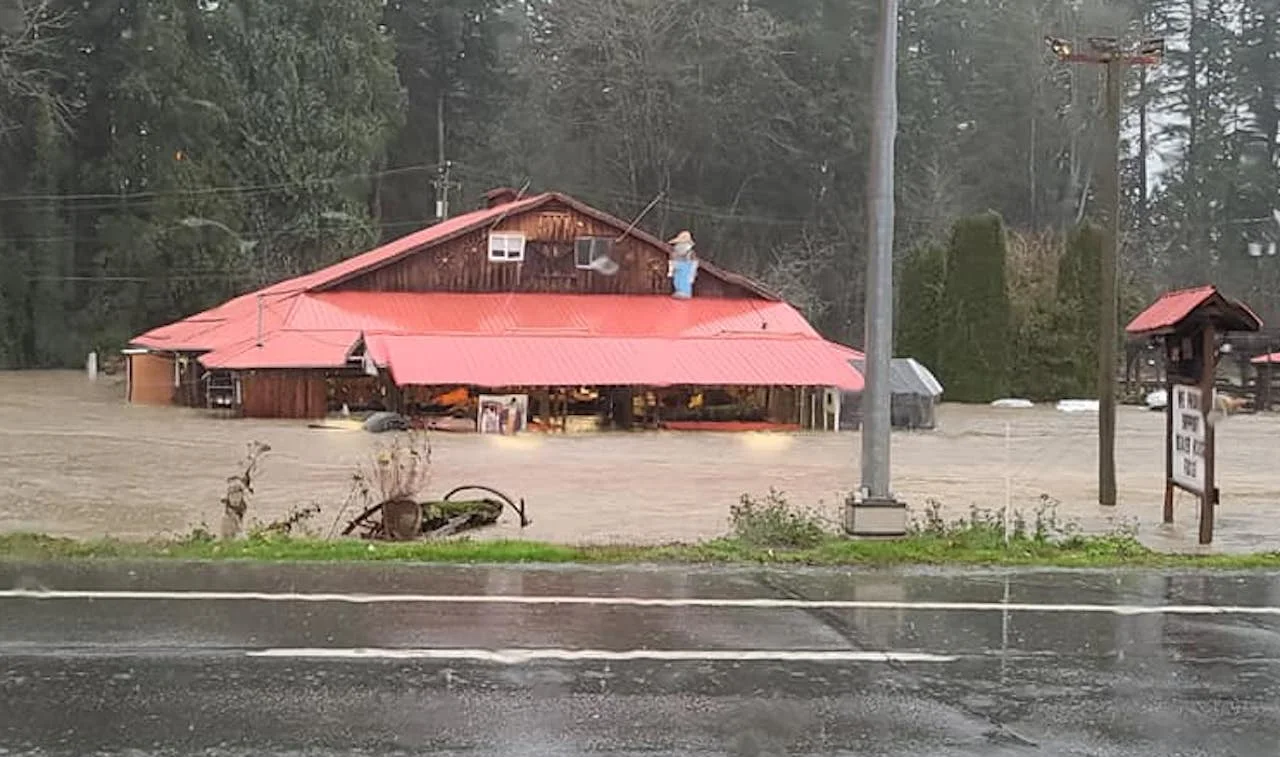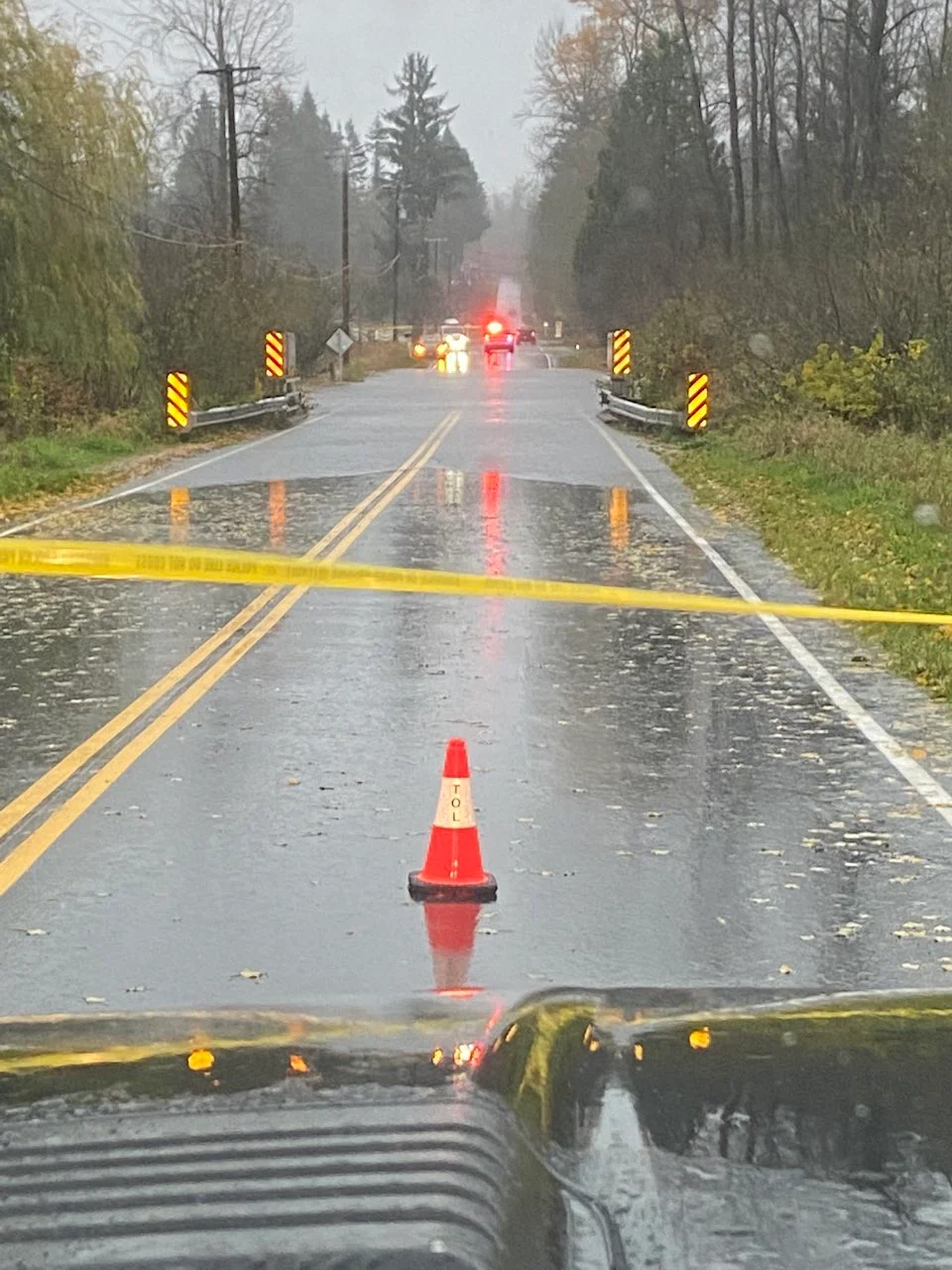
Canada will introduce a new impact scale for atmospheric rivers
The new atmospheric river scale could be rolled out in Canada by early January 2022, according to B.C.'s public safety minister.
As cleanup continues in B.C. following the deadly and destructive rainstorm last week, Canada's forecasting agency and the federal government are building a system that will classify atmospheric rivers.
The news was first shared by B.C. Deputy Premier and Minister of Public Safety Mike Farnworth on Saturday, and mentioned again at Monday's press conference. Farnworth also provided an update to the public on the province's ongoing flood recovery efforts. Environment and Climate Change Canada (ECCC) and the federal government are jointly working on the new rating scale, which could be rolled out by early January 2022, according to Farnworth.
RELATED: How B.C.'s catastrophic rainfall, flooding was foretold days before
"That will assist us greatly in getting an understanding of exactly what the nature of an atmospheric river is," said Farnworth, on Monday. "It is a new term that I think most of us are now becoming familiar with."

(Abbotsford Police Department/Twitter)
Atmospheric rivers are comparatively long, slender regions in the atmosphere, often referred to as rivers in the sky, that transport most of the water vapour outside of the tropics. The columns of vapour move with the weather, carrying an amount of moisture plumes that is approximately the equivalent to the average flow of water at the mouth of the Mississippi River, according to NOAA. Once they hit land, they often release the water vapour in the form of rain or snow.
The United States has already adopted a ranking system, with a scale grading atmospheric rivers (AR) from 1 to 5 -- similar to what is used to classify the strength of hurricanes or damage caused by tornadoes. The AR scale each event from a Category 1 (primarily beneficial) to a Category 5 (primarily hazardous).
The atmospheric river scale gives a clear indication of the intensity of different storm events, with resulting damage from the most intense (AR4s and AR5s) episodes sometimes topping US$1 billion.

Atmospheric rivers are responsible for some of the most extreme precipitation events and while they can bring beneficial rain and snow that mitigate droughts, they also cause major flooding and hurricane-force winds.
CANADIAN SCALE WILL ADD TO AMERICAN MODEL
Canada's take on the scale will bring some additions to it, detailing and ranking specific ramifications that each event may bring -- everything from nuisance flooding to catastrophic flooding affecting widespread areas.
“Our scale is based on what is the impact, not just the strength of the atmospheric river," said Ruping Mo, a senior research meteorologist with ECCC and one of 10 people working on the system, in an interview with the New Westminster Record.
As for how a Canadian scale will work, the rankings will begin at AR1. At this stage, TV networks and the media could start warning drivers to be mindful of puddles on the roads. At AR5, highly damaging “superstorms” would create chaos over far-reaching areas.

No matter how strong an inbound atmospheric river will be, the goal of the system is to provide helpful information to meteorologists and the public, in order to manage personal risk.
The system is still in the test stage. Mo said he needs to figure out what went wrong and how to correct it before it is released to the public. “We still have something we don’t understand. There are some lessons we need to learn,” said Mo.
According to Mo, the atmospheric river ranking system incorporates historical rainfall data from across B.C. to customize warnings to different communities. As an example, the same storm might be rated AR3 in a coastal forest that can take on abundant rainfall but then classified as AR4 in a comparatively dry Interior forest.
“If 100 millimetres fall on the west coast of Vancouver Island in 24 hours, that’s normal,” said Mo. “But for Hope or Abbotsford, that’s a lot of precipitation.”

(Shae Harding)
RECENT EVENT WOULD HAVE BEEN RATED AN AR5
As part of the testing for the new system, Mo and his colleagues ran the model internally ahead of the recent atmospheric river to see what the results would be. Ten days before the destructive storm hit the coast, it came back as an AR4, Mo said, and by the Saturday, it was bumped up to an AR5.
“We’ve never seen an event like that,” said Mo. “This event really caught us by surprise. We didn’t expect the impact would be so huge.”
VIDEO: CANADA GETTING ITS OWN ATMOSPHERIC RIVER RATING SCALE
With files from Mario Picazo.
Follow Nathan Howes on Twitter.











